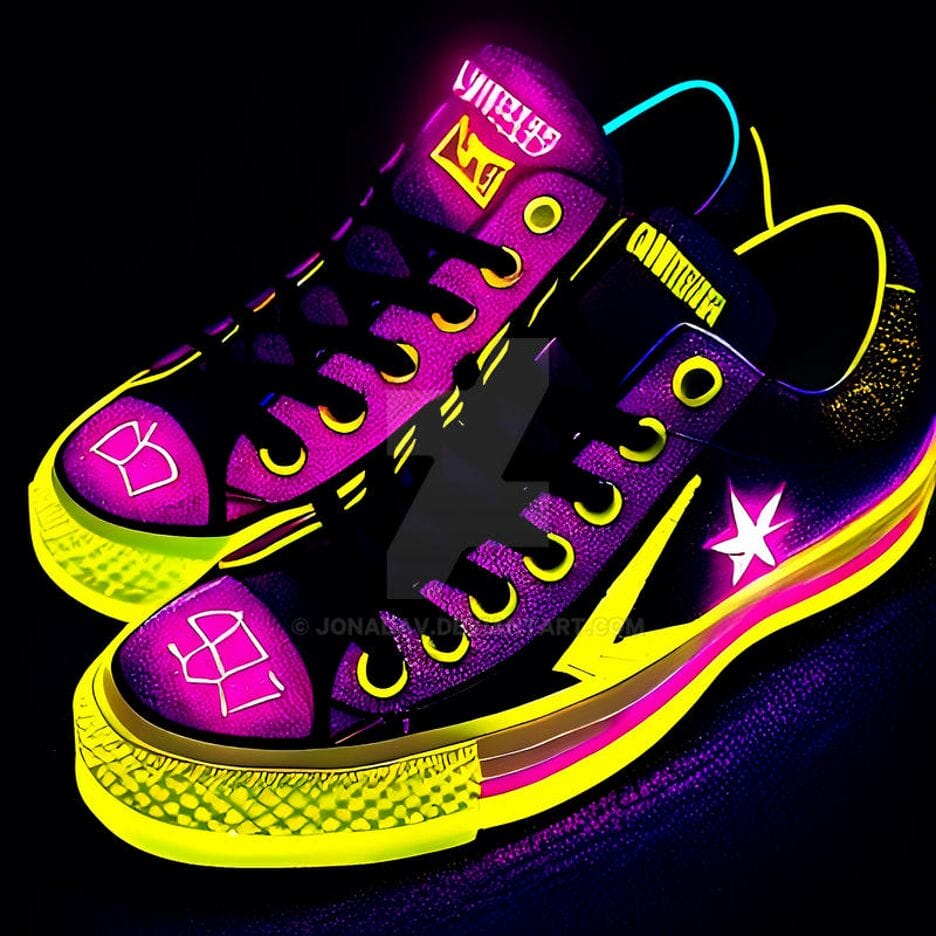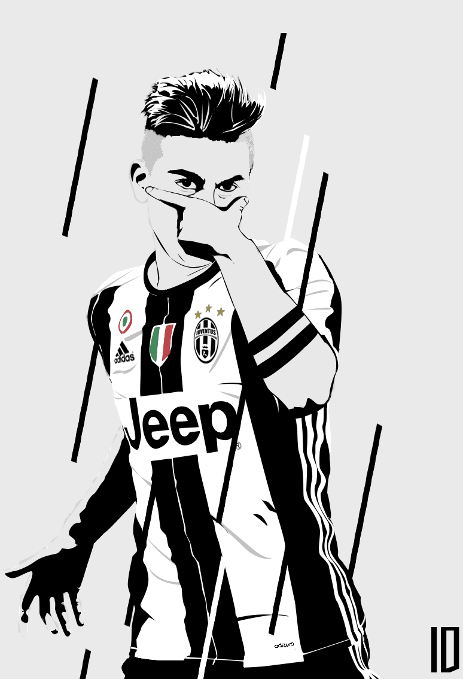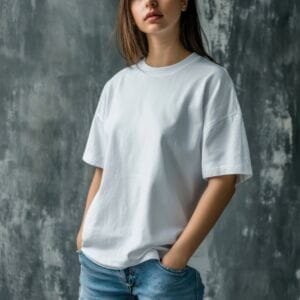What has already long been known as a luxurious and particularly old industry, apparel now finds itself in the crosshairs of a brand new high-tech industry, NFTs, which is changing the way some people imagine clothing. And vice versa. We have gone from a PSD mockup of physical garments used to test out which variation and presentation of clothing are best received by audiences to now people purchasing the digital versions of apparel themselves as NFTs. These, meanwhile, have proven an effective tool for launching sudden limited-edition sales. But what exactly is the relationships between these two seemingly very different industries? That’s what we’ll be talking about today.

Understanding NFTs
NFTs (Non-Fungible Tokens) are digital assets with no exchangeable monetary equivalent. They are works of art stored on a blockchain and acting as unique verifiable certificates of ownership. Thus, they are perfect for representing rare items. They have since gone on to impact both the digital and physical clothing industry as well.
Blockchain
Seeing as NFTs are built on blockchain, total transparency and security are afterthoughts. This renders them perfect for proving ownership and authenticity. Each NFT is unique and once created its ownership is permanently recorded on the blockchain.
Digital fashion
Fashion brands are starting to welcome the practice of generating digital apparel purely for a digital environment as its end goal. These digital garments can be worn by avatars in virtual worlds and gaming platforms, and are often sold as NFTs, which can be worn, displayed, or traded in online. Balenciaga has launched virtual clothing collections in partnership with video games like Fortnite, in which players can buy NFT-linked virtual garments for their in-game characters.
Where physical and digital fashion collide
Then there are brands that are linking physical and digital apparel. Now, when people buy a clothing item, they can receive an NFT that serves as proof of authenticity along with a digital twin of that garment. This can create a new level of exclusivity seeing as their owners can prove their ownership of rare, limited-edition pieces – and even sell them on secondary markets. For example, take Nike’s cryptokicks. Forbes recently declared that NFTs are the fashion industry’s future.
The Role of NFTs in Limited Edition and Exclusive Apparel
NFTs have given fashion brands a whole new tool to create scarcity and exclusivity in their collections. By using blockchain technology, the owner can be easily verified while the suddenness and limited edition nature of drops renders them successful sales tactics. NFTs serve this purpose well. Streetwear brands like Supreme have embraced limited-edition NFT drops where digital and physical items are sold in small quantities. Already known as collectible shirts, the NFT version adds yet another element to collect.
Owners can then resell them on the secondary market. Platforms like OpenSea enable the resale of NFT-linked fashion, where NFTs are often sold at a higher value than they were initially purchased for.
Fashion Brand Engagement with NFTs
Now clothing manufacturers are using NFTs ever more often with an eye to enhance the engagement of their customers and create a more profound experience than mere shopping. They’re offering exclusive perks and digital ownership to expand their digital presence and establish a tighter connection with their customers.
- NFT creator collaborations: many fashion brands are teaming up with digital studios to produce NFT collections. It allows them an avenue to reach techie circles while NFT artists on their part get exposed to premium fashion markets. One example was Prade teaming up with Decentraland in 2021 to release a digital-only collection;
- Loyalty and rewards programs: fashion brands are integrating these into their loyalty programs allowing customers to earn exclusive rewards. Some of these are NFT-linked fashion items and first dibs on new collection items. This kindles the desire to keep buying over and over, and strengthens long-term brand loyalty;
- Exclusive event access: NFTs are being used now to present proof of invitations to private events and fashion shows. This creates a sense of privilege for consumers and makes people feel something a little extra toward the brand.
History of NFTs

NFTs originally came to be when Meni Rosenfeld proposed the idea of “colored coins” – early attempts to create digital tokens with specific attributes or value beyond currency. Then, the phenomenon truly took off when CryptoKitties were launched, a blockchain-based game that allowed players to buy, sell, adn breed digital cats using NFTs.
Each CryptoKitty was unique, with varying traits, and could be traded or bread for new, distinct kittens. Thus, the potential for NFTs to represent rare digital assets was revealed, and would eventually spread like wildfire into all kinds of topics from monkeys to paintings to virtual real estate to music to gaming.
Various platforms like OpenSea and Rarible subsequently emerged to help people buy and sell the NFTs, establishing the marketplace infrastructure to support the boom in digital art and collectibles. NFTs truly went mainstream in 2021, selling for a staggering $69 million at Christie’s auction, a pivotal development for the sector. Vogue business stated that 2022, the year after, was NFTs’ most important year to date in the fashion industry.
Top fashion brands in NFTs
The collision of these two industries is quite new, yet we are seeing some inspiring numbers which show the rapid growth taking place and testifying to the high interest fashion brands themselves have in NFTs’ potential. Of the top 50 fashion brands, as many as 21 of them are competing to sell their NFTs. That said, many of them are not launching them as serious projects but rather as experiments, opting not to dive right in and finance them right out the gate.
The current leading traditional apparel producer in the NFT space is Adidas, boasting as many as 12 NFT collections and a dedicated web3 team called the Three Stripes Studio. It was first launched back in late 2021. Next follows Nike with 9 with a web3 studio of its own and then other top clothing companies include Puma and Gucci, though sports brands have been more enthusiastic than luxury brands thus far. Tiffany & Co. and Prade have each found their own digital studios to help them create NFTs too.
Most of these collections have been launched within the past 3 years, so they are still in their fledgling stage. Nike and Adidas have earned themselves reputations for adding fashion into the digital world for phygital experiences, of which sports there is currently quite a large fan base – yet another new market.

The NFT industry in numbers
In its young state, the NFT market took a serious spike in 2021. Per DappRader, the market rose to over 17 billion in transaction volume from a mere 82 million in 2020. So how big exactly is the NFT fashion industry? The Business of Fashion declared this figure to be approximately 3 billion in 2021. This was due in large part to the new major apparel companies that joined the market at this time. The projection for the fashion industry according to Mintel is 10 billion by 2030, mostly thanks to virtual environments like gaming and the metaverse.
49% of consumers say that they’d consider buying virtual goods linked to NFTs with teens and twenty-somethings the most interested in these. As for the resale of NFTs, it reached 1 billion dollars in 2021 according to NonFungible.com.




